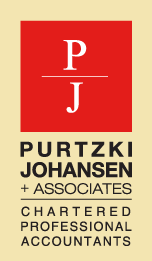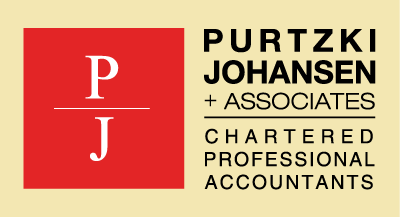
If you have faced the unpleasant task of renewing your mortgage, you will no doubt have experienced the significant impact of the higher mortgage payment on your household budget.
The mortgage interest rates have generally increased from about 3% in 2021 to 6%. It means you will be paying an additional $200,000 in after-tax dollars to pay off your $700,000 mortgage. As the Bank of Canada continues to increase interest rates to combat inflation, it is possible for rates to increase to about 8% by next year.
On the other hand, if you could wave a magic wand and set up a tax strategy to make the interest tax deductible, your 6% mortgage becomes 3%, assuming the top personal tax rate of 50%.
For 30 years, we have helped our clients implement strategies to make their mortgage interest tax deductible.
Here is a selection.
The share sale strategy
- You sell your shares in Dentalco to your spouse or family trust for $700,000 in exchange for a promissory note. The capital gains exemption shelters your gain.
- The family member borrows $700,000 from the bank to pay off the share purchase promissory note.
- You use the proceeds to pay off the mortgage.
- The interest on the family member’s loan is tax-deductible.
The sale and buyback
You own personal investments worth $300,000. You sell the investment and use the proceeds of $300,000 to pay down your mortgage. Subsequently, you borrow $300,000 to repurchase the investment. The interest is now tax deductible because the borrowed money was used to acquire the investment.
Sale of investments to the corporation
You own a rental property which costs $700,000, with a market value of $1,000,000. You sell the real estate to your holding company at an elected value of $700,000. Your Corporation borrows $700,000 to pay for the real estate. You use the proceeds to pay down your mortgage. The interest expense is deductible in the corporation. By electing the transfer value of the asset at the tax cost, the transaction does not trigger any capital gains, which generally would apply if the property was disposed to a third party.
Payment of dividends
Here is another method to maximize interest deductibility. The dental corporation borrows money to pay dividends to the shareholders, who use the funds to pay off personal loans. The interest is deductible in the company as long as the dividend is paid out of the accumulated profits or retained earnings of the company. Check the “retained earnings” amount in the shareholder equity section of the practice balance sheet. You cannot borrow and deduct the interest if the bank loan exceeds the retained earnings.
Before you implement this strategy, make sure you check your tax rate on the dividends.
The equity strip
This strategy works well where the dentist has injected his or her capital, usually a shareholder loan, into the corporation.
Consider the following series of transactions:
- The company takes out a temporary loan of, say, $300,000 to repay the shareholder loan;
- You, as a shareholder, use the proceeds to pay down the personal mortgage;
- You take out a new mortgage on your house and invest the funds in the company;
- The company uses the new mortgage proceeds to repay the bank loan.
Nothing has changed in your debt structure, except that the house mortgage is tax deductible on your personal tax return.
Use line of credit to finance working capital
Instead of using the practice cash flow as working capital to finance the accounts receivable and pay for practice expenses, consider using a line of credit instead of your own money. A $100,000 line of credit will allow you to take $100,000 of cash out of the practice to pay off your non-deductible debt.
Before you consider implementing any of the above strategies, check with your banker the new interest rate and the costs, including penalties, of refinancing your mortgage.



